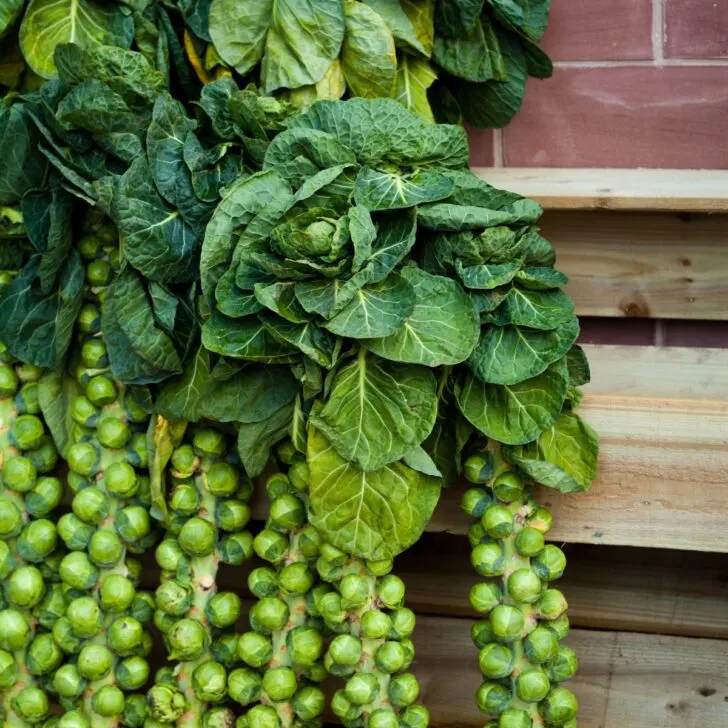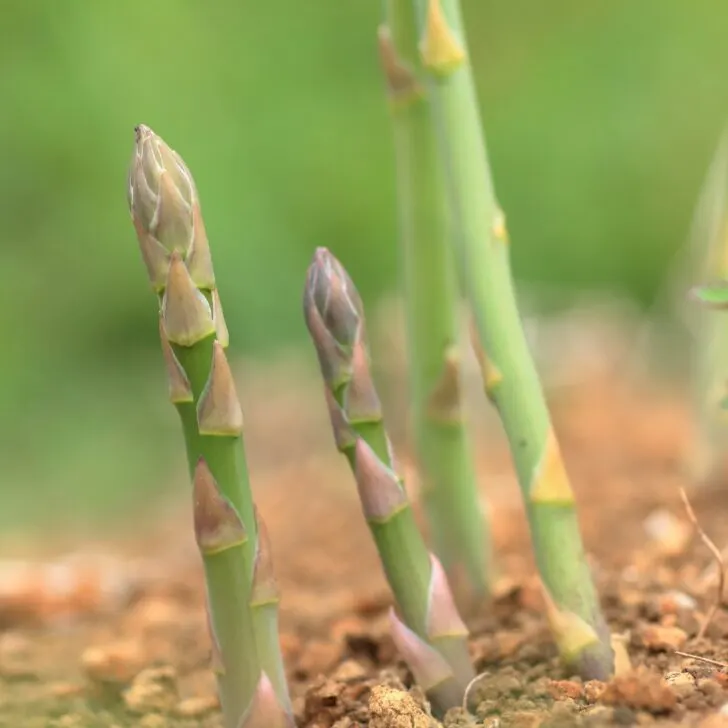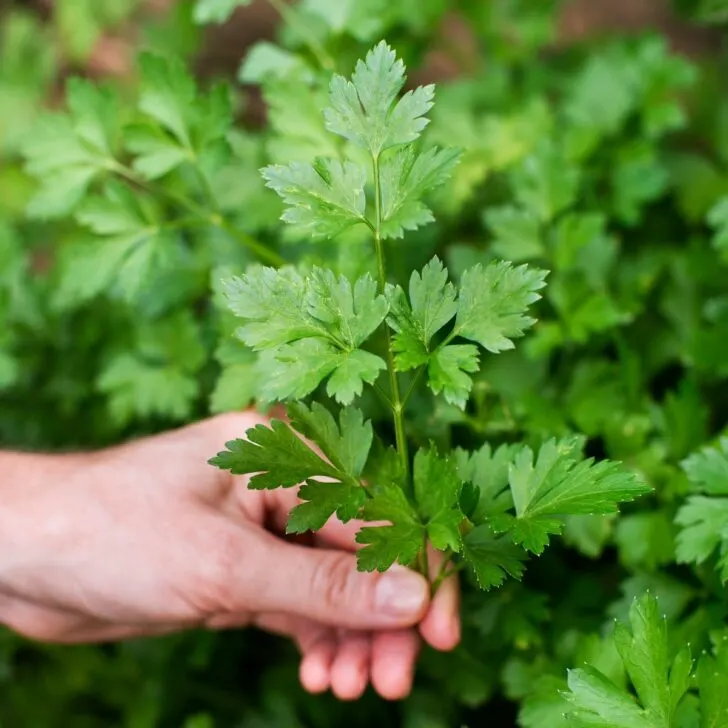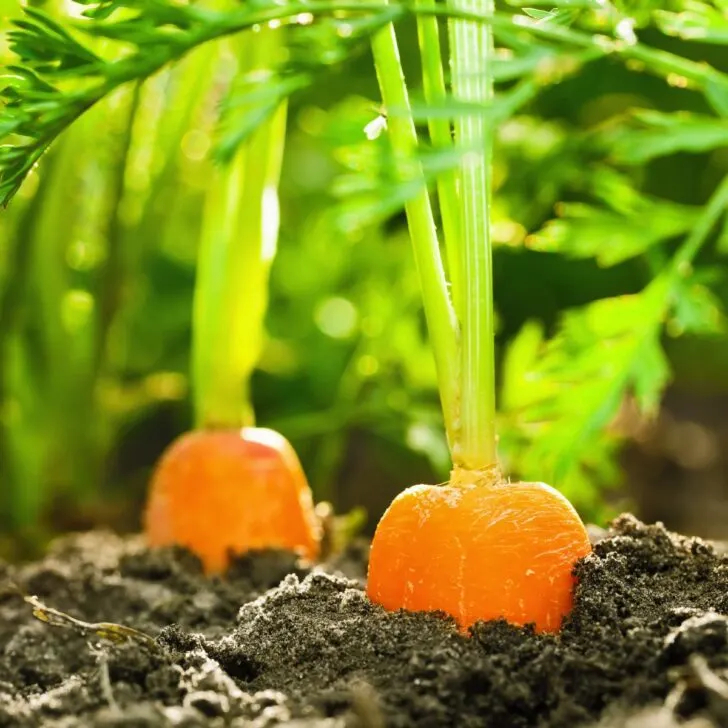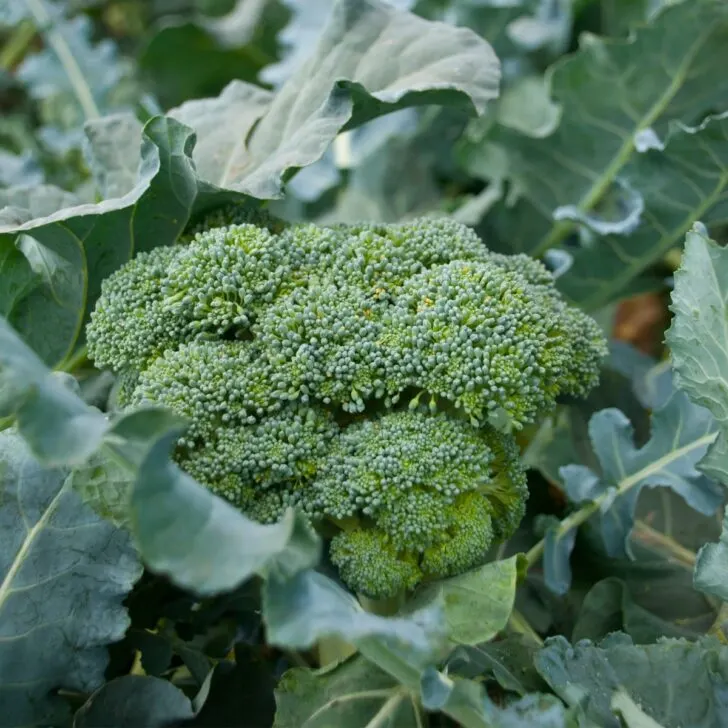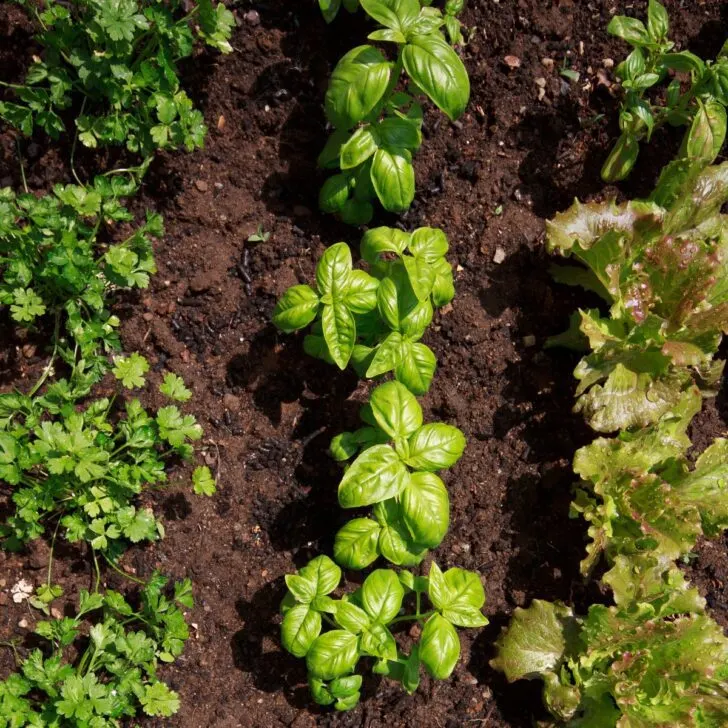Unlock the benefits of companion planting for celery! Boost yields, deter pests, and enhance garden health with these tips.

Celery, with its crisp texture and distinct taste, is a favorite in many dishes. Yet, cultivating it is no small feat. Its growth demands can deter many gardeners, but those who persevere are rewarded with flavorsome varieties that surpass the typical offerings in grocery stores.
If your celery plants are giving you a hard time, there's a natural and synergistic approach to consider: companion planting. This age-old technique balances the strengths and needs of different plants, enhancing overall yields, reducing manual effort, and addressing common challenges such as pests.
In this article, we'll delve deep into companion planting for celery, offering insights into the best plant partners and the mutual benefits they bring.
This post contains affiliate links for your convenience. Purchases made through these links may earn me a small commission at no additional cost to you.
Best companion plants for celery
| Plant | Primary Benefits | Additional Notes |
|---|---|---|
| Mint | Repels rabbits and insect pests | Invasive, best grown in a nearby container |
| Nasturtiums | Deters common pests like flea beetles | Acts as a trap crop for aphids |
| Marigolds | Repels insects | Also traps slugs and snails |
| Cosmos | Invites beneficial insects | Attracts parasitic wasps |
| Herbs (Rosemary, Sage, Basil, Thyme) | Insect-repelling odor | Require less water, best in nearby containers |
| Dill | Repels pests and attracts pollinators | Attracts pollinators that may help nearby plants set fruit |
| Beans (Bush, Pole, Peas) | Boosts soil nitrogen | Helps celery grow faster and develop deeper green color |
| Spinach | Shares growing requirements | Efficient use of water and fertilizer |
| Brassica Crops (Broccoli, Brussels Sprouts, Kale) | Deters brassica pests | Provides shade for celery seedlings |
| Alliums (Onions, Garlic, Leeks, Shallots) | Repels pests and may improve flavor | Leave 16 inches between crops |
| Chamomile | May improve celery flavor |
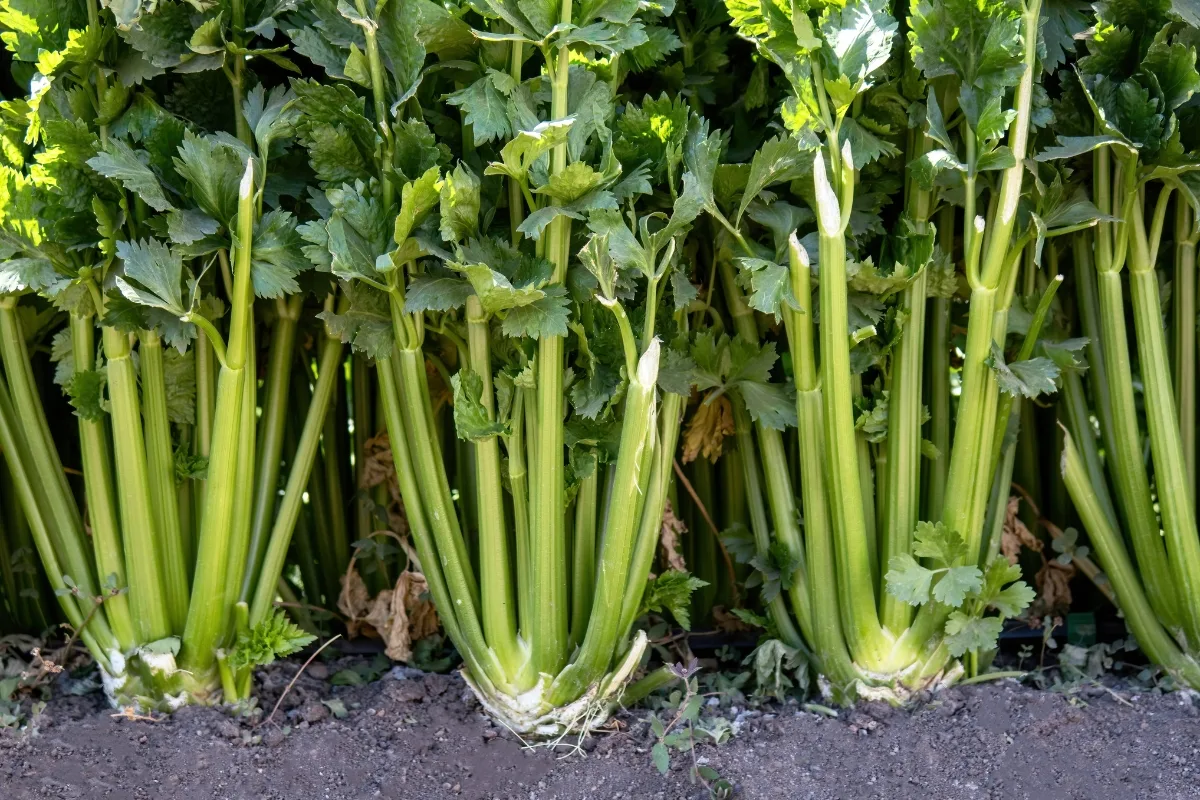
What not to plant near celery
| Plants to Avoid with Celery | Reasons to Avoid | Additional Notes |
|---|---|---|
| Carrots | Attract the same pests | Same plant family as celery |
| Turnips | Attract the same pests | Same plant family as celery |
| Parsley | Attract the same pests | Same plant family as celery |
| Parsnips | Attract the same pests | Same plant family as celery |
| Potatoes | Can disturb celery roots | Harvesting can affect celery's shallow roots |
| Rutabagas | Can disturb celery roots | Harvesting can affect celery's shallow roots |
| Cilantro | Mixed results with celery | Some gardeners find benefits, others don’t |
Things to know about growing celery
Growing celery from seed requires lots of patience and perseverance. This picky plant will teach you the importance of providing the right growing conditions, making it a challenge for even experienced gardeners.

Celery loves lots of water, fertile soil, good drainage, and bright sun. A lack of the right conditions can produce stringy and flavorless celery.
Celery takes about 16 weeks to mature, and it prefers to avoid having its roots bothered while it grows. Therefore, it's a good idea not to plant it too close to any below-ground crops where the roots can get harmed during harvest.

In addition, it is also prone to several damaging pests like aphids and rabbits. One way to protect celery plants is by companion gardening with herbs and vegetables that can keep pests away and improve flavor.

Mastering the art of companion planting with celery can greatly enhance your gardening success. By thoughtfully choosing its neighbors, you not only protect this delicious veggie from pests but also unlock its full flavor potential. Happy gardening!
Check out these other companion planting articles!

